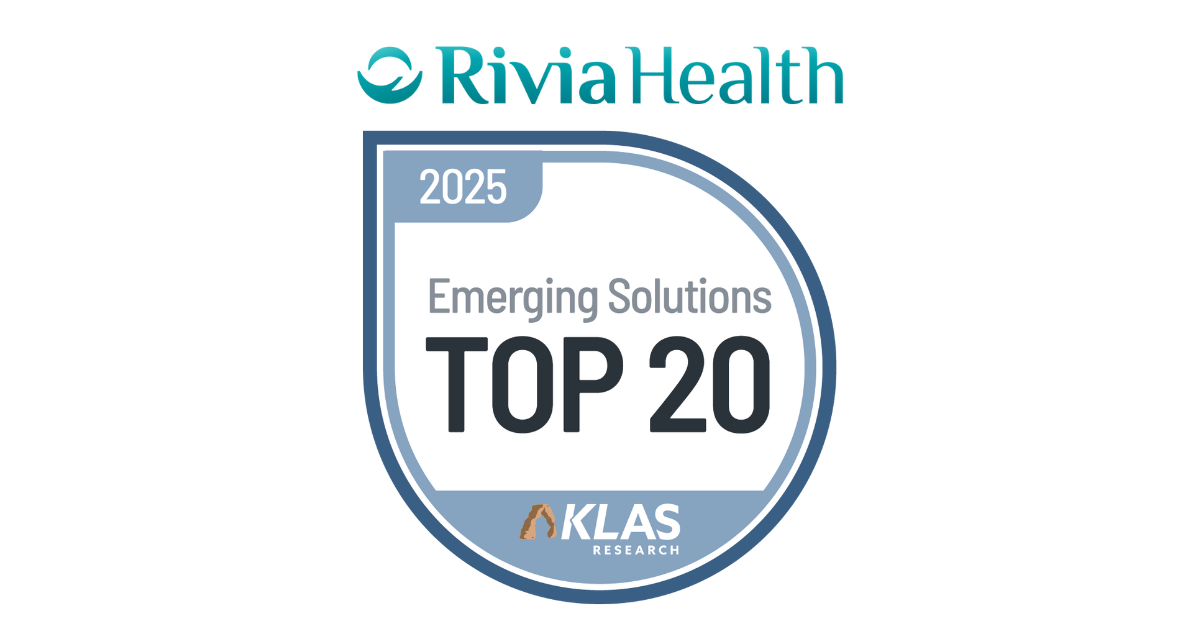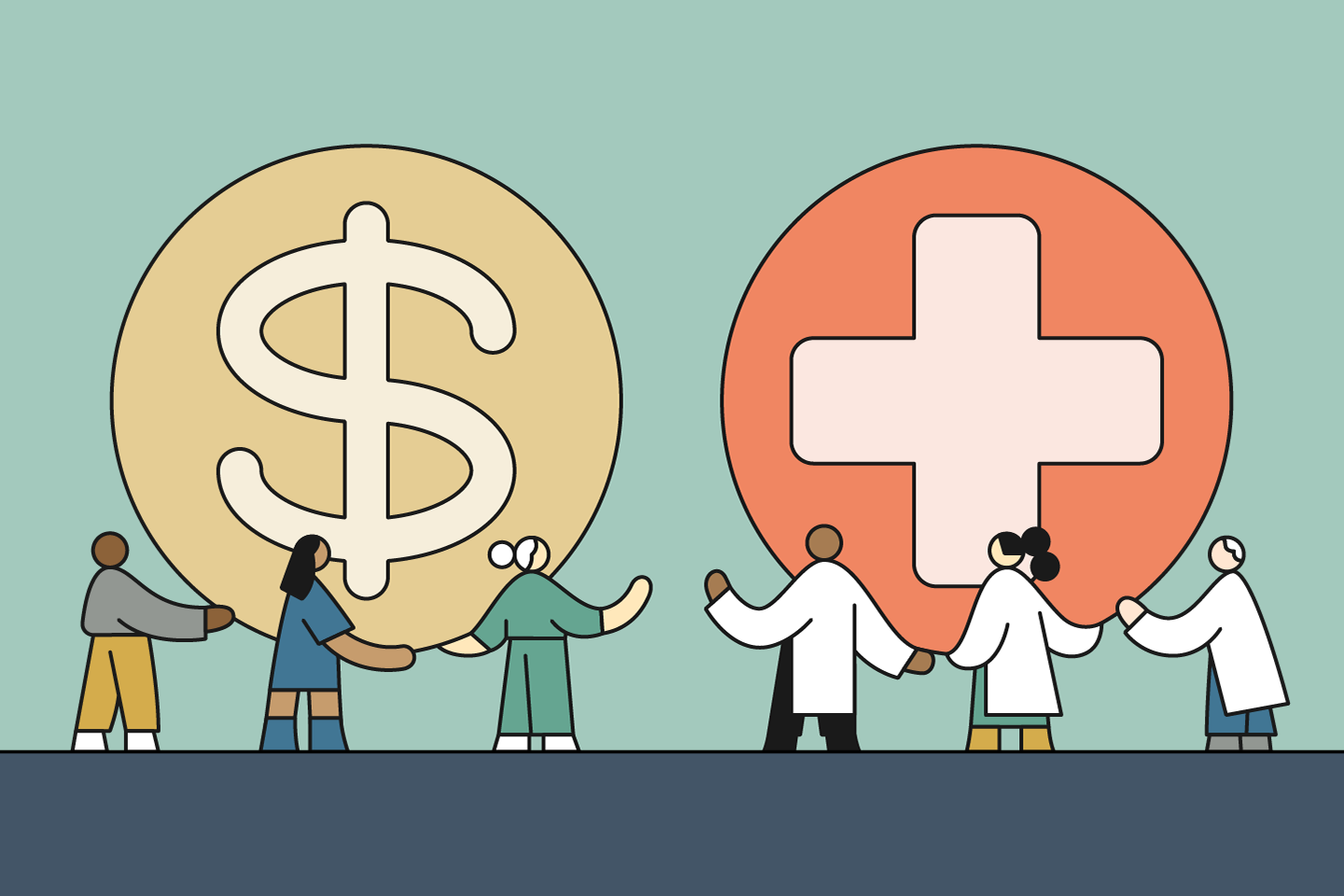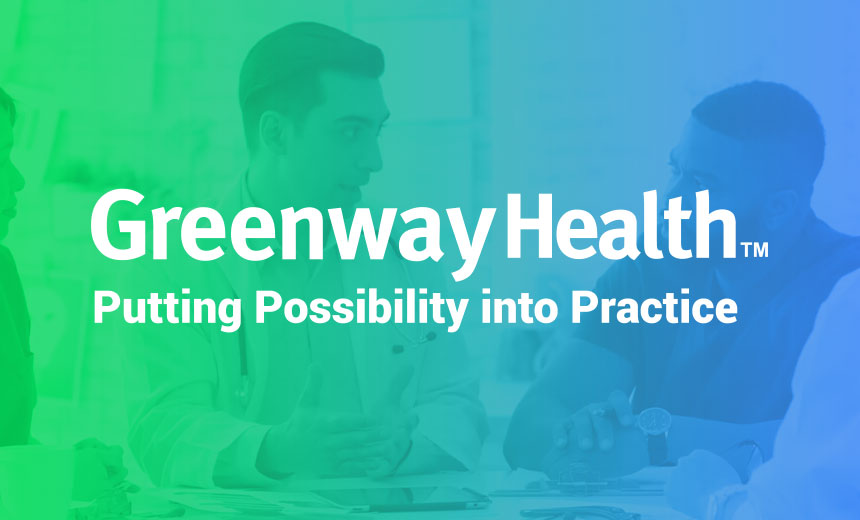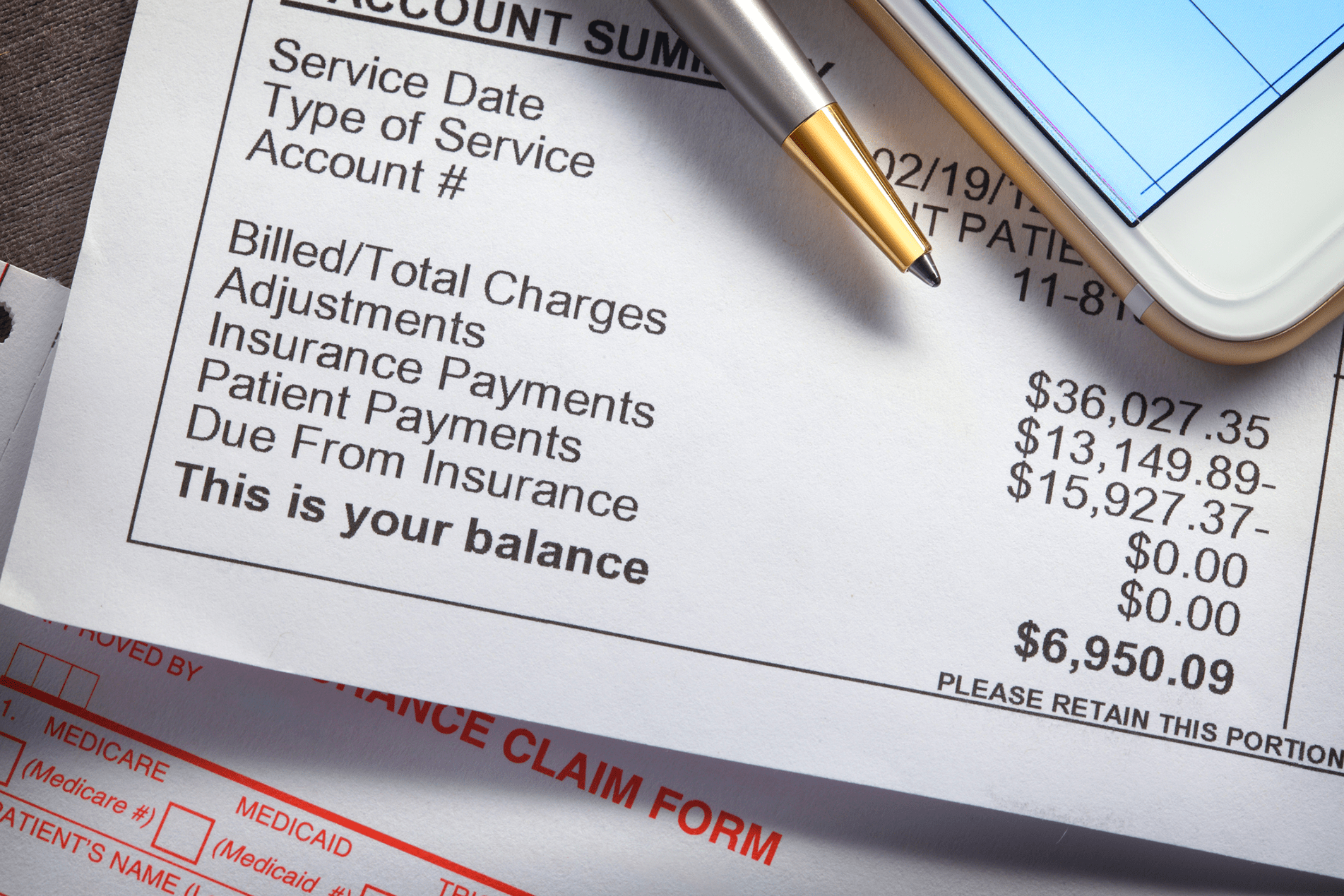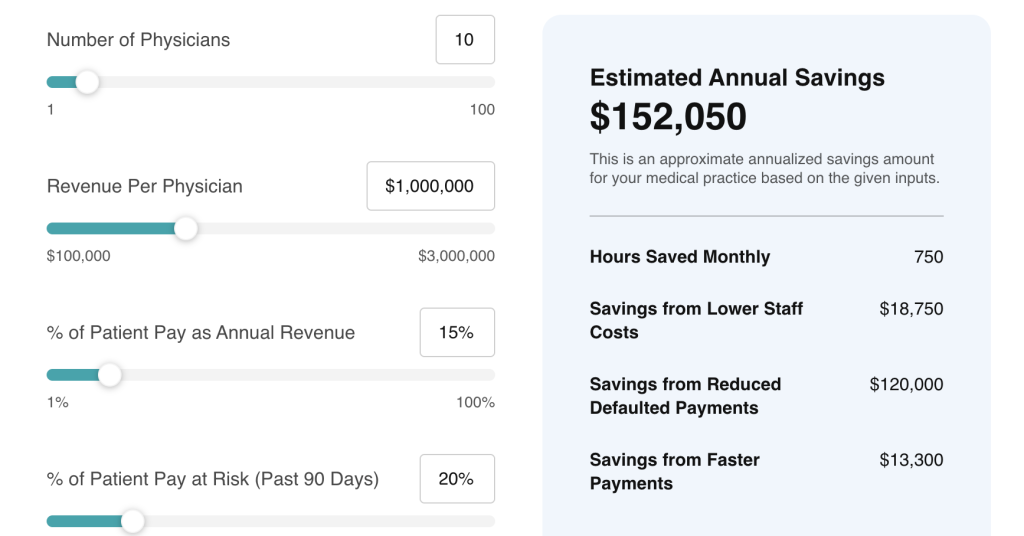Missed appointments are more than just a scheduling hassle for healthcare practices—they represent lost revenue, wasted staff time, and interruptions in patient care. According to industry research, no-show rates can range from 5% to over 30% depending on specialty and patient demographics. Fortunately, digital reminders have emerged as a powerful tool to help reduce these no-shows and improve appointment adherence.
In this article, we’ll explore five effective strategies to reduce no-shows using digital reminders and provide actionable tips your healthcare organization can implement right away. Whether you’re a small clinic or a multi-location group, leveraging the right communication tools can significantly improve your operational efficiency and patient outcomes.
Use Multi-Channel Reminder Campaigns
Why it works: Not all patients prefer the same mode of communication. Some respond best to texts, others to emails, and a few still prefer voice calls. Using multiple channels ensures your reminders reach patients where they’re most likely to see and respond.
How to implement it:
- Implement a reminder system that supports SMS, email, and voice calls.
- Allow patients to choose their preferred communication channel.
- Schedule reminders 72 hours and 24 hours before appointments to increase recall and reduce forgetfulness.
Pro tip: SMS reminders have the highest open rates—nearly 98%. Make sure your message is short, clear, and includes a call-to-action like “Reply YES to confirm.”
Personalize Messages with Patient and Appointment Details
Why it works: Personalized messages feel more relevant and are more likely to grab the patient’s attention. A reminder that includes the patient’s name, provider name, and appointment time makes the message feel credible and actionable.
How to implement it:
- Use a reminder system that pulls data from your EHR or scheduling system.
- Personalize every reminder with the patient’s first name, the date and time of the visit, and the provider they are seeing.
- For telehealth appointments, include the login link and any necessary instructions.
Pro tip: Include instructions for rescheduling in the reminder so patients who can’t attend can take action immediately rather than no-showing.
Automate Follow-Up for Unconfirmed Appointments
Why it works: Patients often receive reminders at busy moments and may forget to confirm. An automated follow-up ensures they’re nudged again, improving overall confirmation rates.
How to implement it:
- Set up automated workflows to send a follow-up reminder if a patient hasn’t responded within 12–24 hours of the first message.
- Prioritize follow-ups for high-value or first-time patient appointments where the impact of a no-show is greater.
Pro tip: Use conditional logic—if a patient confirms, stop additional reminders. If they don’t respond, continue nudging or trigger a manual follow-up from your staff.
Integrate Reminders into Your EHR or Practice Management System
Why it works: Manual processes are error-prone and time-consuming. Integrating digital reminders into your existing systems ensures consistency, reduces staff burden, and keeps your schedule accurate and up to date.
How to implement it:
- Choose a reminder solution that integrates with systems like athenahealth, Epic, or eClinicalWorks.
- Map reminder triggers to appointment types and patient preferences directly within your scheduling system.
- Enable two-way communication so confirmations automatically update the appointment status in your EHR.
Pro tip: Look for a solution that offers analytics so you can track reminder success rates and optimize messaging over time.
Reinforce with Same-Day Text Nudges
Why it works: Even with reminders a day or two ahead, same-day distractions or forgetfulness can still lead to no-shows. A final nudge 1–2 hours before the appointment helps keep patients on track.
How to implement it:
- Schedule a brief same-day reminder that includes time, location, parking info, and check-in instructions.
- For virtual visits, include a reminder about joining the call and checking their internet or device.
- Avoid over-messaging by limiting to three total reminders per appointment (72-hour, 24-hour, and same-day).
Pro tip: Keep same-day reminders very short—think of them like a calendar alert, not a conversation.
Final Thoughts: Reducing No-Shows Isn’t Just About Technology—It’s About Strategy
Digital reminders are a must-have in today’s patient communication toolkit, but their true power lies in how you use them. By taking a strategic, patient-centered approach—offering personalization, respecting preferences, and automating intelligently—you can dramatically reduce no-shows while improving the patient experience.
Practices that adopt these tactics not only improve revenue but also create more predictable, efficient operations. If you’re ready to upgrade your approach to patient engagement and reduce costly no-shows, Rivia Health can help. Our platform automates patient communications and integrates seamlessly with leading EHRs like athenahealth, ensuring that your reminders are timely, relevant, and effective.
Let’s make every appointment count—starting today.

